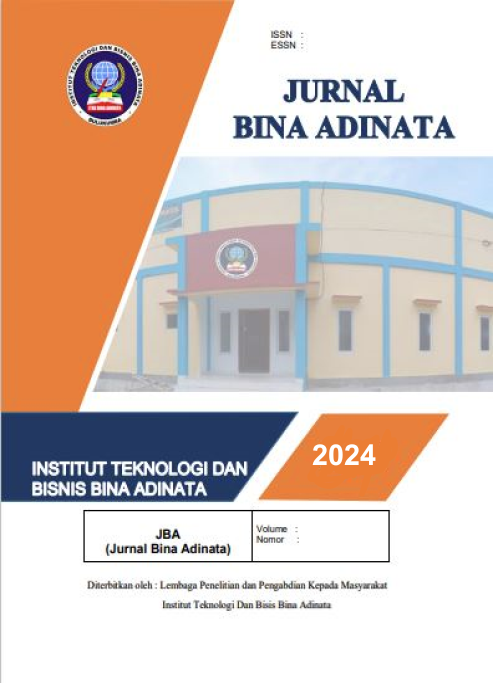Development of Learning Media for Science about the Introduction of the Solar System Based on Augmented Reality
Main Article Content
Abstract
This study aims to: (1) Design science learning media on the introduction of the solar system based on augmented reality. (2) Implementing science learning media on the introduction of the solar system based on augmented reality. (3) Knowing the responses of students and teachers to the application of science learning media in the introduction of the solar system based on augmented reality. This study uses the Multimedia Development Life Cycle (MDLC) method. This multimedia development model consists of six stages, namely concept, design, material collecting, assembly, testing, and distribution.Based on the results of discussing the development of science learning media about the introduction of the solar system based on augmented reality, it can be concluded (1) The development of science learning media about the introduction of the augmented reality based solar system has been designed using unity software version 2018.4.28f1 to build AR applications and process 3D objects. Vuforia Engine 10.12 is used as a tool that can insert target images into unity 3D, design markers using Coreldraw X7 software and create 3d objects for the arrangement of the solar system designed using Sketchup 2018 software. (2) Development of science learning media about the introduction of the solar system based on augmented reality is implemented in class VI students at UPT SPF SD 293 Tanah KongKong. (3) Student responses to the application of science learning media regarding the introduction of the Solar System based on augmented reality gave a "positive" response to the media. This can be seen in the total average percentage of 74.93%.
Article Details

This work is licensed under a Creative Commons Attribution-NonCommercial 4.0 International License.

